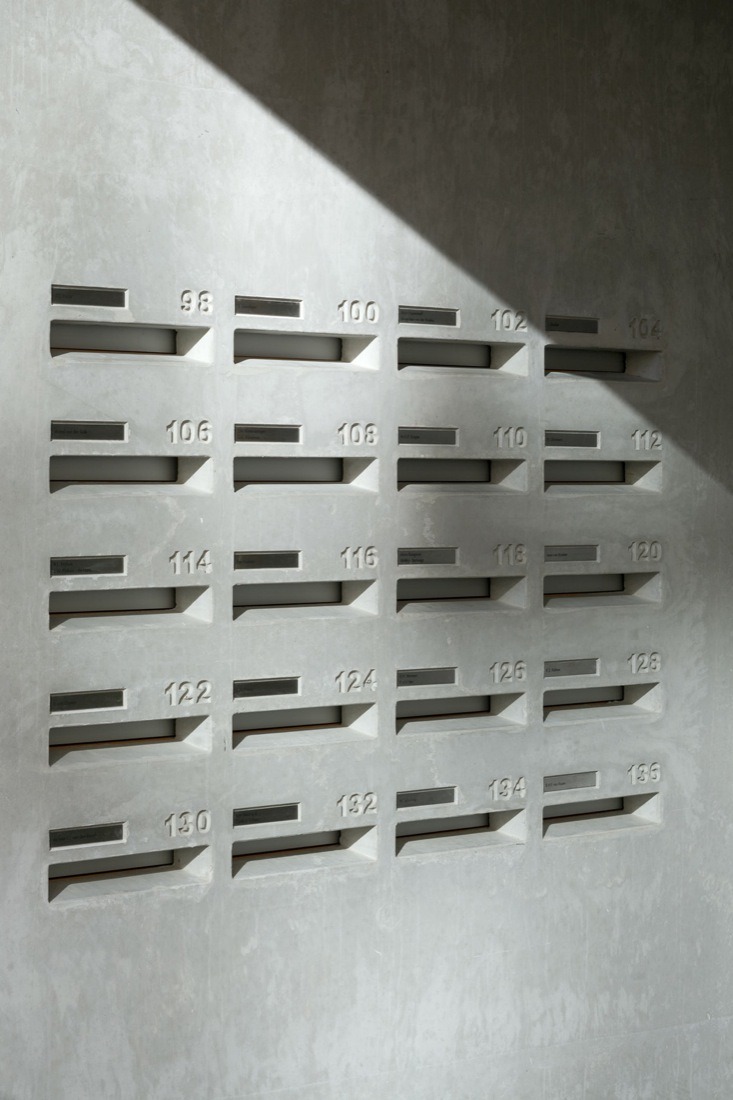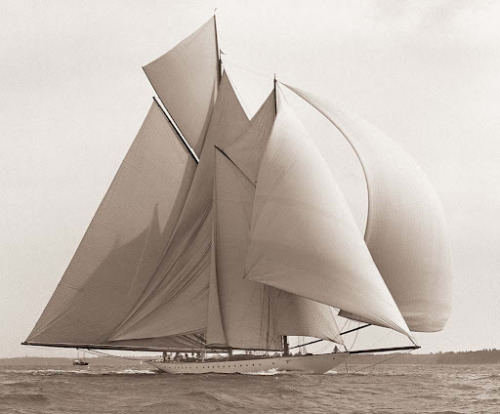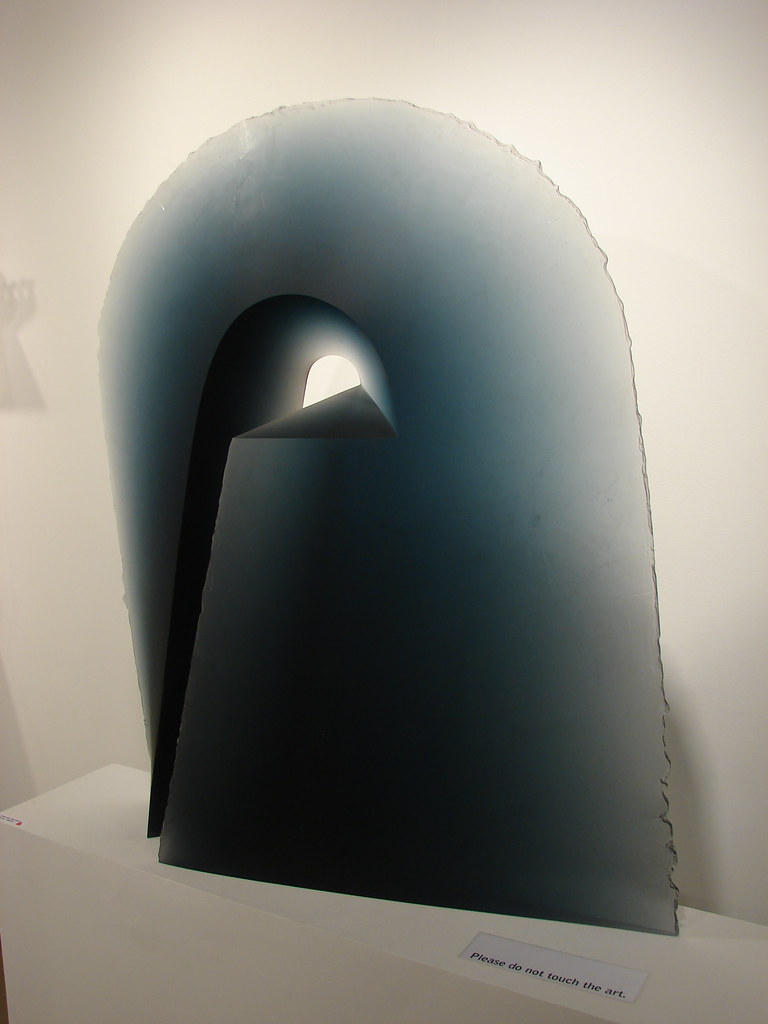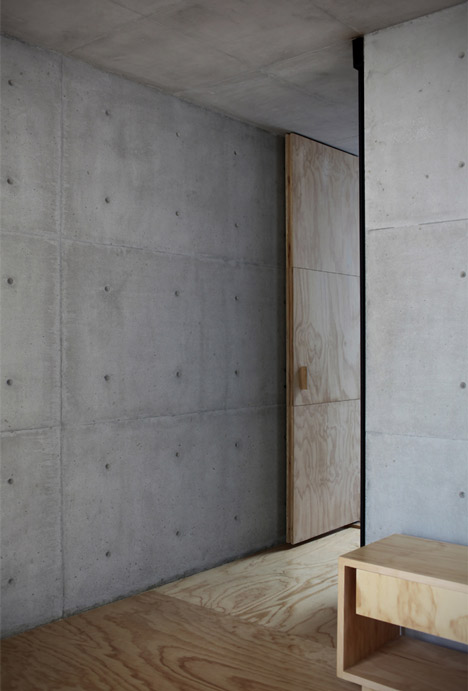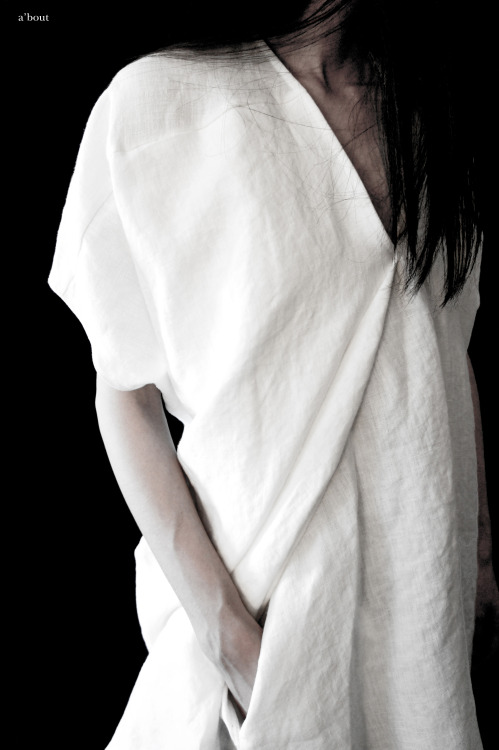When we left Edinburgh, boarding our flight to Copenhagen for the weekend, we were sure that we would have a good time and we were not disappointed.
Arriving into Copenhagen we were both amazed at how quick the flight had been, arriving an impressive 45 minutes early. Although we had a short wait for a friend arriving on a different flight we were quite happy to sit in the terminal and people watch.
For those of you that have travelled to Copenhagen before I am sure that you were as easily impressed as we were with the ease of getting into the City Centre. After a mere 2 minute wait we were on the Metro line and headed for our apartment for the weekend. The M2 metro line will take you into Nørreport station in around 15 minutes. It had to be one of the quickest and easiest transitions from airport to city centre that I have ever experienced. Watch out for the automatic doors though, we nearly had a very hair raising experience.
Situated in Nørrebro, a multi-cultural area that may be tainted by the riots that having taken place there during the past two decades, our apartment was a warm, cosy and perfectly sized haven against the cold. Nørrebro is shedding its reputation and has some fantastic gems, including Jægersborggade which has lovely little restaurants, shops and bars, including our favourite Grød.
We spent the rainy Friday wandering to find the Design Museum that we had read about. Looking on our map and heading that way, we stopped for a bit of shopping at HAY house. HAY is the wonderful Danish designer that is know for their range of stationary that seems to be all over the U.K at the moment. HAY house is split over two levels and has a vast range including furniture, stationary, homeware and more. With relaxed staff and great merchandising, it is easy to spend a lot of time here.
Keir in HAY House
The view from HAY house
After a quick lunch break, we continued on our path and discovered David Risley gallery, situated on Bredgade, just across the road from the Design Museum. David Risley was founded in London in 2003 and relocated to Copenhagen in 2009. The gallery also has a small shop, The Gutter, that sells music created by artists. We visited during Absence (Looking for Hammershøi), a group exhibition that had works from Frank Ammerlaan, Spencer Anthony, David Hockney, Francesca Woodman and more.
Absence (Looking for Hammershøi)- David Risley Gallery
Now it is time to reveal the mistake that we made. Copenhagen has two dedicated spaces for design, The Danish Museum of Art and Design that we visited, and the Dansk Design Centre, which we didn’t visit but were meant to. Blame it on the cold, travel excitement or silliness. The Danish Museum of Art and Design, also situated on Bredgade is worth a visit even if the entry price is a little steep. Situated in the former King Frederick’s Hospital, the building was renovated during the 1920’s to suit museum purposes by the architects Ivar Bentsen and Kaare Klint.
I have to admit that I was a little underwhelmed by the museum. Although they have a fantastic collection of Danish design pieces and the curation is very good, there was far too much space dedicated to the current exhibition “Century of the Child”. If you plan to visit I would advise arriving in the morning or early afternoon as you can spend a couple of hours here and the shop and cafe are both great.
Oinc! Oinc!- Chalkboard in the Century of the Child exhibition
Here we are! Those stickers were our tickets for the Design Museum!
We spent Saturday walking from Nørrebro to the Statens Museum for Kunst. Housed in a fantastic (although slightly leaking) building, free(!) and a welcome break from the rain the museum houses a range of art including Danish and Nordic art from 1750-1900, French Art from 1900-1930 and Danish and International Art from 1900 onwards. Well worth a visit, even if it is just to people watch from the bridges that connect the old museum to the new extension.
Inside the Statens Museum for Kunst
For those of you that are lovers of porridge, no trip to the Danish capital would be complete without a visit to Grød! Translating as “porridge”, Grød has three locations within the city, but it was the one closest to us on Jægersborggade that we visited (twice). Heed our warning and go early as this branch is small and can fill up quickly. The interior is simple, with low hanging lights and wooden tables and stools. The menu is split into porridge for the morning and risottos for the afternoon. Grød also has some options for those that are not porridge fans but I would suggest trying something as the dishes are unlike any porridge you get in the U.K. Porridge is made with either milk and water, soy milk or milk and carrot juice. Toppings include fennel sugar, banana, pear, hazelnuts, homemade caramel sauce and even more. Absolutely delicious. Do pay the extra for a large portion though as the normal portion size may be a little small for most people.
Our breakfast choices.
Low hanging lights in Grød
Sunday was spent as Sunday should be, wandering and relaxed, taking in the sights that we had missed and finally clicking the location of everything into place.
Delicious Flødeboller with a surprise centre.
Now it would be a travesty to visit Denmark and not try smørrebrød, the Danish open sandwich. Luckily we stumbled across a little stand in the Torvehallerne, next to Nørreport station. Housing over 60 stands (including Grød) there is a lot to choose from. We sat on high stools, shared some herring smørrebrød and a potato one and chatted with the waiter.
Potato Smørrebrød
I would suggest a trip to Copenhagen later in the year to take full advantage of walking around the city, there is no real need to travel by bus or metro as the city can be easily navigated by foot and you can always rent a bike and join the locals if you are in a rush. Take in the atmosphere, the relaxed and ridiculously friendly nature of the locals. Remember that eating out can be expensive and we found that coffee is quite a bit more than what we were used to. Don’t let this put you off though, I came back already planning the next trip and even researching moving there.























